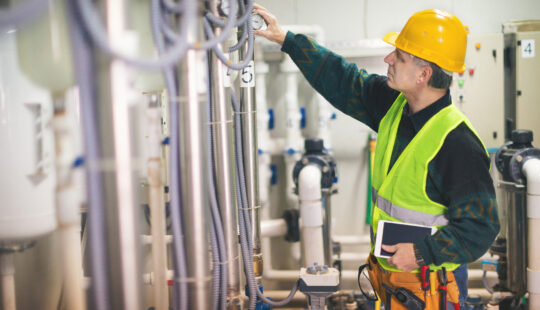Disrupt yourself or risk being disrupted. That’s true in every industry today. But when it comes to the automotive industry, disruption can be a massive opportunity.
The speed at which the auto industry is changing is nothing short of remarkable. Just think of all the changes we’ve seen in vehicles over the past few years — from more autonomous driving capabilities to being more connected to your surroundings as you drive.
Electric vehicle demand has also surged over the past few years, which is also great news for the planet. Consumer buying habits are changing as well, with more and more people shopping for vehicles online. Last year, 65% of U.S. vehicle buyers said they shop for vehicles partially or entirely online according to S&P Global Mobility. Car companies are even building for entirely new ownership models.
Generative AI is forcing even more change, particularly by automating time-consuming tasks and allowing data to be used in more intelligent ways. For the auto industry, it’s beginning to improve everything from design and forecasting to manufacturing and production, while also making the customer experience more personal.
All in all, Precedence Research projects the global market for generative AI in the auto industry to eclipse more than $2 billion by 2032. All of this is fueling a new urgency for automotive companies to transform digitally. But what exactly does that mean?
Simply put, it means incorporating digital technologies into every aspect of a business’ operations. It allows businesses to seize new growth opportunities faster than they could before and future proof their operations in new ways. By transforming digitally, businesses can plan and pivot at the same time.
There are so many stories of SAP customers embarking on digital transformation journeys with important lessons to teach for industries.
Take the BMW Group for example: the company has had a longstanding partnership and collaboration with SAP for more than 30 years. Last year, it entered a new phase of its digital transformation journey by moving to a digitized cloud architecture through SAP S/4HANA for its iFactory in Oxford, UK.
Jointly creating the first blueprint for process digitization of automotive plants, it marks the first step to creating a digitized cloud architecture for its connected factories. The solution will simplify and unite the process of making complex changes to the IT systems of its plants in the areas of parts logistics, finance, and meeting customs requirements.
By doing so, the BMW Group intends to create a common digital language that will allow for reducing costs and increasing efficiency for its other automotive plants. And that could create a whole new standard for process efficiencies throughout the auto industry.
The BMW Group’s transformation story shows what is possible by moving to a cloud architecture. It also shows how the company is putting the pieces in place to take full advantage of generative AI as it ushers in a new wave of automation.
Despite a lot of macroeconomic uncertainty in the world, I believe the future for the auto industry could not be brighter. And it will belong to those who put digital transformation at the center of their business strategies, fueling unlimited possibilities for growth and success.
Scott Russell is a member of the Executive Board of SAP SE.



